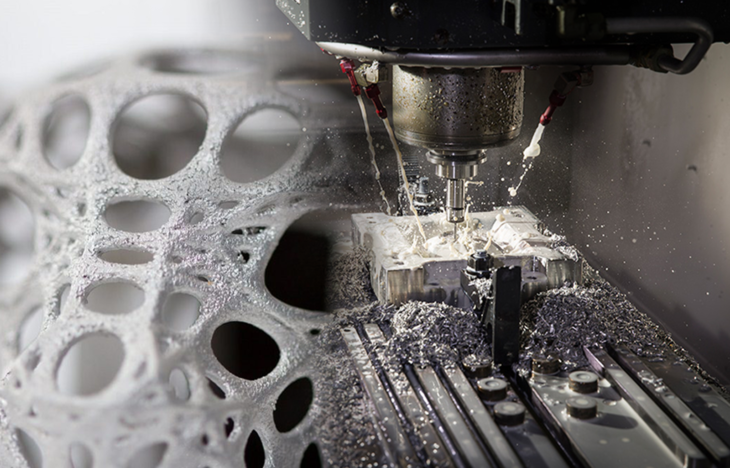By Amritesh Suman, Strategic Market Research.
Additive manufacturing, also known as 3D-printing, is a technology that primarily manufactures parts from a digital model using a method that builds up a material layer-by-layer to produce the part. The materials used can be metals, polymers, hydrogels, or concrete. Metal additive manufacturing can utilize a vast range of metals. However, additive manufacturing with aluminum is utilized to prepare and produce parts, especially for the automobile and aerospace industry.
Background on Additive Manufacturing
As of 2019, the most valuable market for metal additive manufacturing was North America, with a value of US$133 million. This was followed by the European market, whose size was estimated at US$101 million. The third largest is the Asia Pacific region as a whole (including China), which stands at a value of around US$58 million. The Chinese market alone came in fourth, with a value of nearly US$30 million.
The additive manufacturing industry has been on a stable growth path over the last decade. Although it is still less than 1% of the global manufacturing market, additive manufacturing technology is set to become an invaluable tool for production workflows. According to market analysis and intelligence company, CONTEXT, it is estimated that metal 3D printer shipments will see year-on-year unit-volume growth rates of over 49%.
The overall valuation of the additive manufacturing for global aerospace was US$1.47 billion in 2020. It is expected to reach US$9.27 billion by 2030, representing a CAGR of 20.23% throughout the analysis period of 2020-2030.
More than 50% of the worldwide engineering businesses revealed that they had increased their usage of 3D prototype printing to produce the functional end-use parts during 2020, whereas 30% of businesses reported that their usage of 3D prototype printing for the end-use parts remained the same in 2020 as compared to 2019. Due to the growing requirement for rapid 3D prototyping and the rising demand for lightweight components, the market for additive manufacturing is estimated to rise throughout the estimated time period (2020-2030).
Advantages of Aluminum Additive Manufacturing
One of the crucial advantages of aluminum additive manufacturing is that it is able to take advantage of the mechanical properties of aluminum, including a high strength-to-weight ratio, high corrosion resistance, improved ductility, and more. The aluminum alloys can be further modified by adjusting its microstructure in order to enhanced its properties.
Aluminum additive manufacturing is reported to provide a material savings as compared to conventional methods. This is because also allows the manufacturing of highly optimized components and structures that would otherwise by time demanding, expensive, or even impossible to craft utilizing several conventional manufacturing methods and methodologies.
Additionally, additively manufactured aluminum parts can be utilized in combination with other types of parts to build hybrid structures. In this way, it is possible to craft a wide variety of structural sections with energy-absorbing qualities and internal reinforcing features.
Key Challenges for Aluminum Additive Manufacturing’s Forward
The high-tech industries that utilize various metal additive manufacturing have outlined the need for faster fabrication of complex components, with improved material strength and ductility benefits than in comparison to the conventional methods. Aluminum additive manufacturing could provide a solution to meed these demands.
However, there are still a wide range of significant challenges in for multiple industrial applications. For example, aluminum additive manufacturing is highly expensive in comparison to conventional production methodologies. In addition, the existing design methods for metal additive manufacturing must be altered in order to adapt to various material properties, as well as the variable geometry changes.
In order for the aluminum industry to take advantage of the potential growth of the additive manufacturing market, it will need to develop solutions to address these challenges.
Amritesh Suman works as a research analyst with Strategic Market Research, a company that provides market reports and custom and consulting research services.

